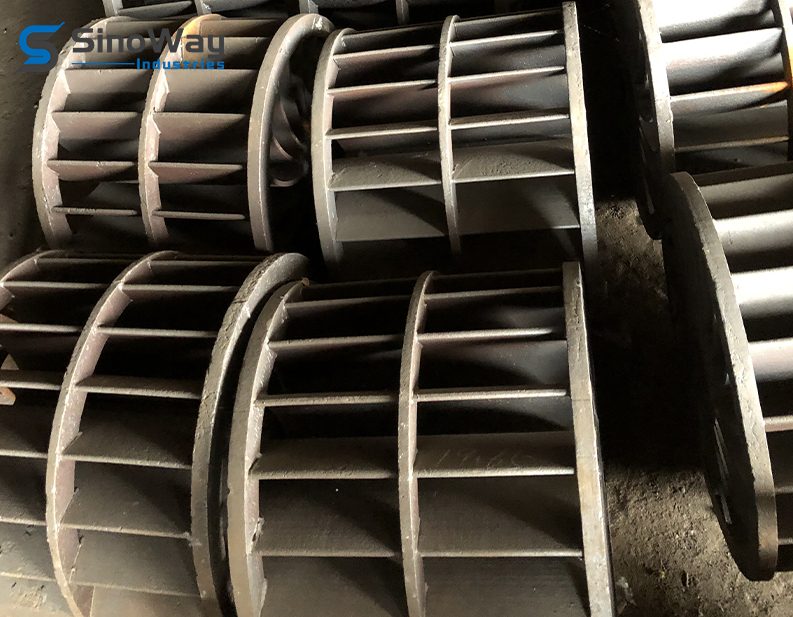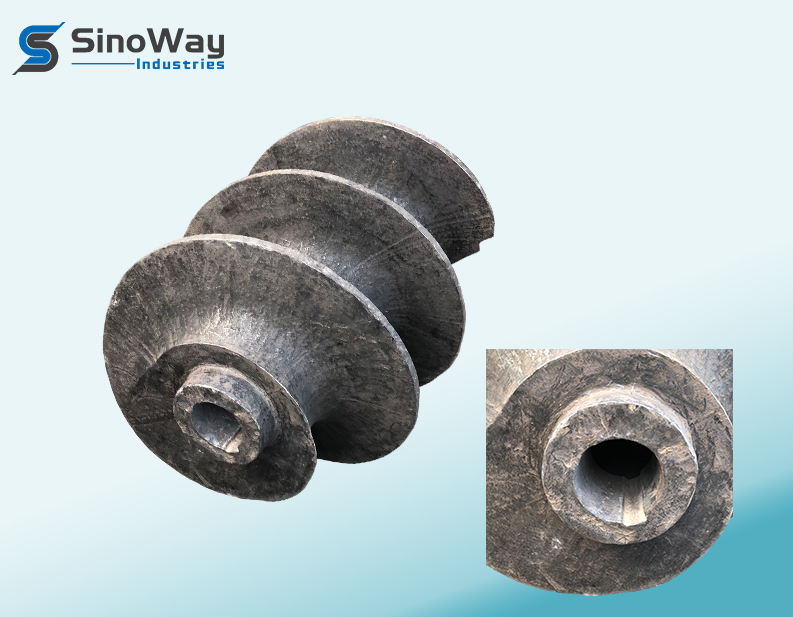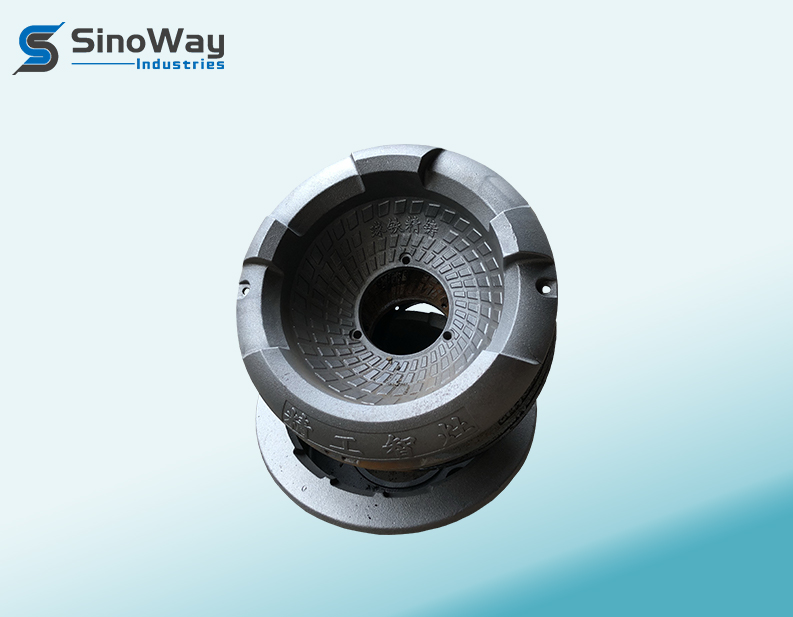Introduction to powder metallurgy at Sinoway
As a leading sheet metal manufacturer, Sinoway is always at the forefront of adopting innovative manufacturing techniques. One such technology revolutionizing the metalworking industry is powder metallurgy (PM). With increasing demands for cost-effective production and high-quality components, powder metallurgy has become a preferred method for many manufacturers, including Sinoway. This article explores how powder metallurgy can significantly reduce manufacturing costs while maintaining exceptional product quality.
What is Powder Metallurgy?
Powder metallurgy is a manufacturing process where metal powders are compacted into desired shapes and then sintered (heated without melting) to form solid metal parts. Unlike traditional casting or machining, PM allows for precise control over material properties, leading to high-performance components with minimal waste.
Key Steps in the Powder Metallurgy Process
- Production of metal powders
- Blending and mixing of powders
- Compacting powders into a die
- Sintering the compacted part
- Optional finishing operations
How Powder Metallurgy Reduces Manufacturing Costs
One of the main advantages of powder metallurgy is its potential to lower manufacturing costs. Sinoway leverages this process to provide cost-effective solutions for clients across various industries. Here are the primary ways PM achieves cost savings:
1. Material Utilization Efficiency
Traditional machining methods often result in significant material waste, as excess material is cut away from a metal block. In contrast, powder metallurgy uses just the right amount of material needed for each part, drastically reducing scrap rates. This efficient material usage leads to direct cost savings, especially when working with expensive metals or alloys.
2. Reduced Machining and Finishing
Parts produced via PM typically require little to no post-processing, as the process can achieve near-net shapes with tight tolerances. This minimizes the need for extensive machining, grinding, or other finishing operations, saving both time and labor costs.
3. High Production Rates
Powder metallurgy is ideal for mass production. Once the tooling and dies are prepared, the process allows for rapid and consistent manufacturing of large quantities of parts. For Sinoway, this means lower per-unit costs and faster turnaround times for clients.
4. Energy Savings
Since PM operates at lower temperatures compared to traditional casting methods, it consumes less energy. The sintering process typically occurs below the melting point of the metal, further contributing to reduced energy costs and a smaller carbon footprint.
5. Integration of Multiple Parts
Powder metallurgy enables the consolidation of multiple components into a single, complex part. This reduces assembly time, lowers inventory costs, and simplifies supply chains. For Sinoway, integrated part design translates to more efficient production and cost savings for customers.
Powder Metallurgy vs. Traditional Manufacturing Methods
| Aspect | Powder Metallurgy | Traditional Methods |
|---|---|---|
| Material Waste | Minimal | High (due to machining) |
| Energy Consumption | Lower (sintering below melting point) | Higher (melting and machining required) |
| Production Speed | High (suitable for mass production) | Slower (multiple steps, more labor) |
| Complexity of Parts | High (complex geometries possible) | Limited (complexity increases cost) |
| Cost per Part | Lower (especially at scale) | Higher (due to waste and labor) |
Powder Metallurgy and Sheet Metal Fabrication
As a sheet metal manufacturer, Sinoway recognizes the complementary relationship between powder metallurgy and traditional sheet metal fabrication. While sheet metal techniques excel at forming, cutting, and assembling flat metal sheets, powder metallurgy is ideal for creating intricate, high-strength components that might be difficult or costly to produce using conventional methods.
For example, PM can be used to produce gears, bushings, and structural components with complex internal features, which can then be integrated with sheet metal assemblies for complete solutions. This hybrid approach allows Sinoway to offer clients both versatility and cost efficiency in their projects.
Latest Innovations in Powder Metallurgy
Recent advancements in powder metallurgy have further enhanced its cost-saving potential. Developments in additive manufacturing (also known as metal 3D printing) are closely related to PM, as both use fine metal powders to build parts layer by layer. These technologies enable even greater design flexibility and material efficiency.
Additionally, improvements in powder production techniques and sintering technologies have expanded the range of materials and properties achievable through PM. Sinoway stays up-to-date with these innovations to deliver superior products at competitive prices.
Environmental Benefits and Sustainability
Sustainability is increasingly important in manufacturing. Powder metallurgy aligns with green manufacturing principles by minimizing waste, reducing energy consumption, and enabling the use of recycled materials. As a responsible sheet metal manufacturer, Sinoway incorporates PM to help clients meet their environmental goals without compromising on cost or quality.
By using less raw material and generating fewer emissions, powder metallurgy contributes to a more sustainable production cycle, making it an attractive option for environmentally conscious industries.
Applications and Industries Benefiting from Powder Metallurgy
Powder metallurgy is used in a wide range of industries, including automotive, aerospace, electronics, and medical devices. Its ability to produce high-strength, wear-resistant parts at low cost makes it invaluable for manufacturing gears, bearings, filters, and specialized structural components.
Sinoway’s expertise in both sheet metal fabrication and powder metallurgy allows the company to serve diverse markets with tailored solutions that balance performance, cost, and sustainability.
Keyword Integration: Sheet Metal Fabrication & Metal Prototyping
In addition to powder metallurgy, Sinoway is a leader in sheet metal fabrication and metal prototyping. These services complement PM by enabling rapid development, testing, and production of metal components. For clients requiring prototypes or custom sheet metal parts, Sinoway’s integrated approach ensures efficient workflows and seamless transitions from concept to final product.
By combining powder metallurgy with advanced sheet metal fabrication and metal prototyping capabilities, Sinoway delivers comprehensive solutions that reduce manufacturing costs, speed up development cycles, and maintain the highest quality standards.
Conclusion: Why Choose Sinoway for Powder Metallurgy Solutions?
Powder metallurgy offers significant advantages in reducing manufacturing costs, from material savings and energy efficiency to streamlined production and sustainability. As a trusted sheet metal manufacturer and industry innovator, Sinoway leverages powder metallurgy alongside sheet metal fabrication and metal prototyping to provide clients with cost-effective, high-quality components for any application.
If you’re looking to optimize your manufacturing processes, reduce costs, and stay ahead of the competition, consider partnering with Sinoway for your next project. Contact us today to learn more about our powder metallurgy and sheet metal solutions.







